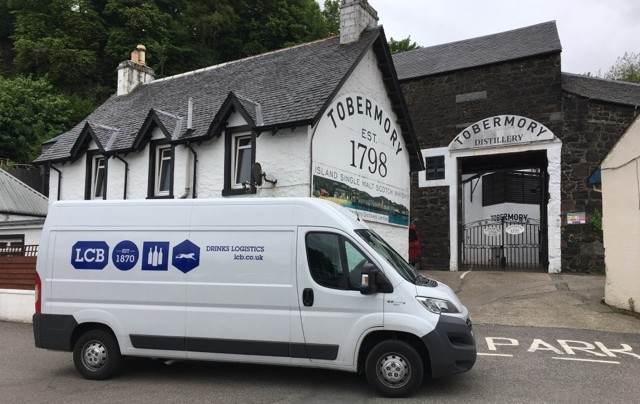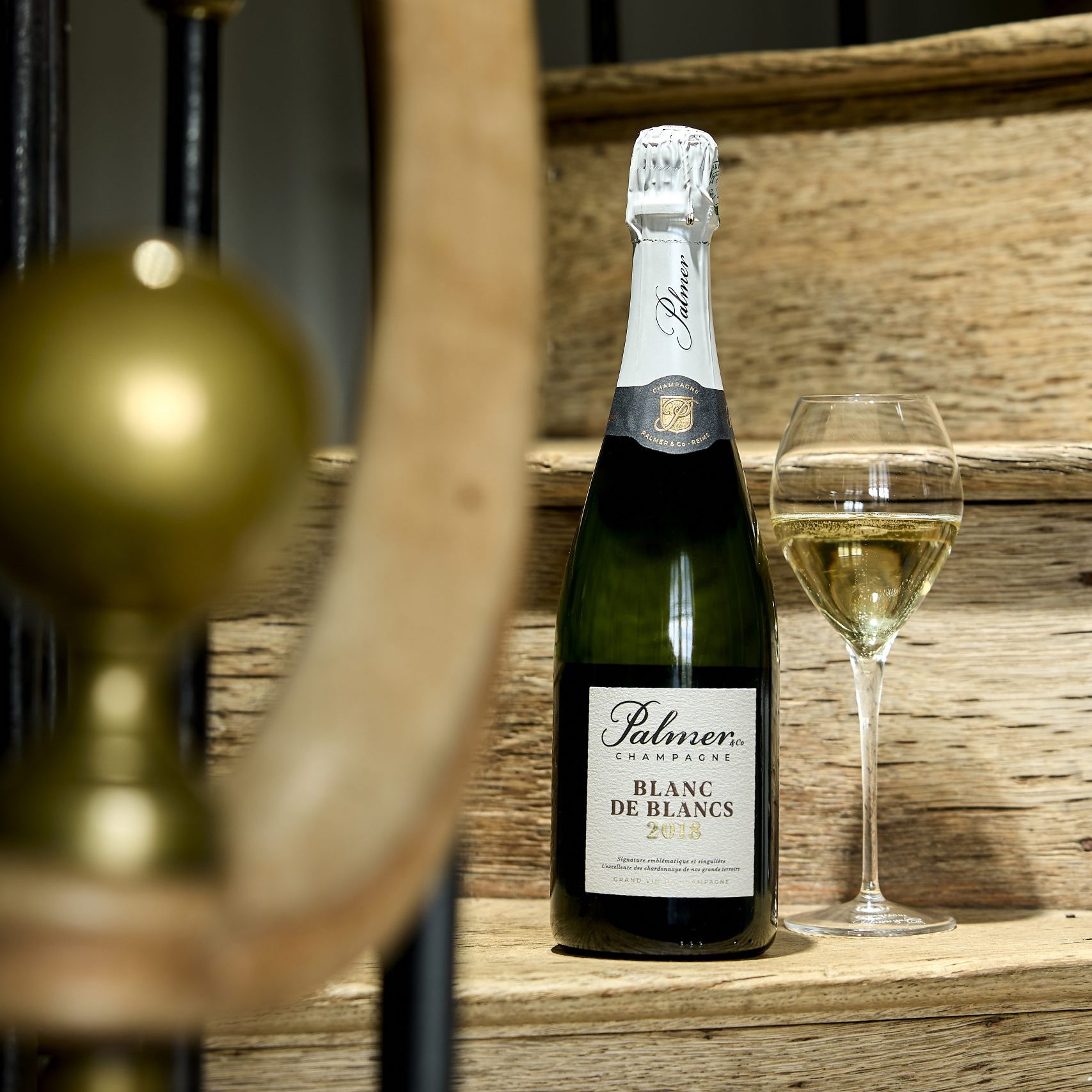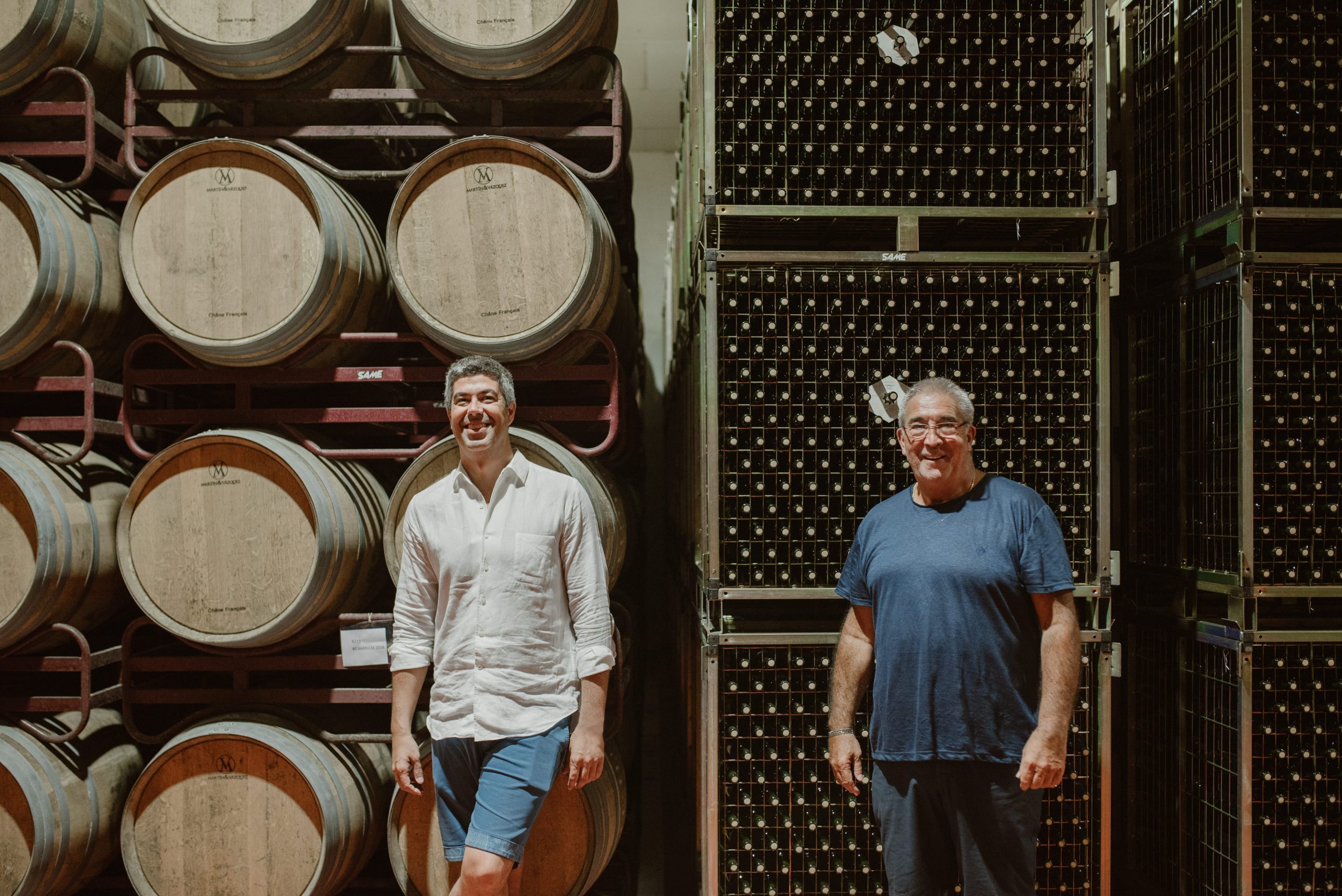Clonal selection not ideal for NZ Pinot Noir
Instead of parachuting in a highly-rated Pinot Noir clone into a vineyard, winemakers in New Zealand should use mass selection more readily to discover the vines that are already performing best in their own soils, believes winemaker Larry McKenna of Escarpment.
While viticulture, spacing, and vineyard design are all more important than clones, says McKenna, he believes mass selection of clones “makes more sense” for Pinot Noir than clonal selection.
“When you have a clone that’s performing really well within a particular site or district, then select cutting material from that and propagate that material, rather then perhaps bringing in something that’s maybe well known but brand new to the district,” says McKenna, speaking to the drinks business at the London Wine Fair.
“The idea that a brand new clone that’s perhaps got very good reviews is going to perform well in our soils types in our climate, it’s an unknown. I think it’s a much better bet to go with what you already know and select the best vines out of that block. It’s about the vine adapting to the place.”
The most common Pinot Noir clones in New Zealand are 113, 115, 667 and 777 from Dijon, as well as “Abel” and UCD5 Pommard. However the whole process is “completely complicated” by rootstocks, says McKenna, which he says New Zealand is yet to fully explore.
“There’s a lot to be discovered about rootstocks and soil combinations in New Zealand – the combination of rootstocks, varieties and soils,” he says.
“It’s probably long over due. We should have got down to this a long time ago. But it’s at least a five year evolution. I don’t think you can evaluate a rootstock and soil combination over one vintage. It takes at least five, so it takes time.”
GREATER COMPLEXITY
When asked about New Zealand Pinot Noir is evolving, McKenna said winemakers were generally seeking our “more elegance” and were picking earlier to achieve lower alcohol. The challenge, he said, was finding greater complexity, with increasing vine age a factor in this.
“Central Otago is getting to a point where there is enough vineyard to exhibit the qualities of vine age, 20 years plus. So we are looking for wines with a little more elegance and lower in alcohol. The challenge for us is complexity. That’s what I see in great Burgundy. It’s something that comes with more experienced winemakers and also vine age. We are looking in our own production for more elegant wines with greater complexity. Some of that’s going to come from whole bunch fermentation, some of it will from from perhaps less manipulation of ferments in tanks.”
Partner Content
Returning to the role of clones in achieving greater complexity in a wine, McKenna said he ranks clones by A, B and C quality, but that the intention is never to just plant A quality clones.
“We plant a mixture as it gives us a spread of ripeness over time and a spread of characteristics,” he says. “It gives us some range and that’s part of the complexity. The clonal mixture is important. A one clone fits all model is something that I don’t sign up to. If you think about the way it is headed for the New World, the old world has done it forever, but the idea of mass selection makes more sense, particularly with Pinot Noir.”
As for other varieties, McKenna believes New Zealand Chardonnay to be hugely underrated.
“The best producers have made that transition from very good wines to wines with complexity,” said McKenna, citing the likes of Michael Brajkovich MW, winemaker at Kumeu River in Auckland. “Chardonnay is underrated because they have made the transition into more complex examples. That’s the challenge for Pinot Noir. We have great fruit, we know how to grow it and make it and age. Now we have to get a little more complexity in them.”
WELLINGTON WINE COUNTRY
While Central Otago grabs a lot of the attention, Martinborough is also renowned for its Pinot Noir, with production starting in the region around the same time as in Central. Escarpment is located within the wine region of Martinborough, within Wairarapa on the north island, which comprises the Martinborough GI, Gladstone GI and Masterton.
The region has recently been rebranded as ‘Wellington Wine Country’ in a bid to better communicate the region to consumers, and compete with Central Otago.
Admitting that the marketing of Wairarapa had to improve, McKenna said: “Martinborough is 80% of the district but if the district is going to grow it needs to be marketed as an entire region, and it needs to be marketed as well as Central Otago,” he said, adding: “Wellington Wine Country – that’s the key. If that doesn’t work we are not going to make it. We have to market ourselves far more successfully. We have not been doing enough, but we have now recognised that, so its onwards and upwards from here.”





We have 9 clones of Pinot Noir with 90% on own roots. I feel the own roots adapt to local conditions and express our taurangawaewae (terroir) better than grafted vines. Pinot Noir is probably the most genetically unstable variety (P.Gris, P Blanc) that probably favours this trait. Own roots are also less dependent on nutritional supplements. Nutrient analysis of clone 667 on own roots vs grafted to 3309 reveals significantly lower P levels in 3309 vines. We are on limestone slopes and differences are apparent between the top,mid and bottom slopes, consequently we pick each row 2-3 times to capture the optimum ripeness and characters.
In Portugal, a grapevine selection methodology has been applied in the last 30 years that has produced remarkable results in improving the outcomes of clonal selection by measuring the natural variability within any given variety and then selecting a set of clones that together perform better than any of them individually. This has been a major factor behind the recent success of Portuguese wines and represents a major potential for the future as the knowledge gathered and the necessary conservation of the variety’s inner variability saves potential adaptation for climate change, emerging threats and consumer preference changes. To this day, more than about 15 000 clones of 70 varieties have been conserved and studied providing knowledge about each varieties’ adaptation potential to growing conditions and changing preference trends. A further 15 000 of another 130 varieties are on the pipeline.
The same methodology could be easily deployed in New Zealand, gathering a representative sample of Pinot Noir or Sauvignon diversity, establishing their range of variation and setting a genetic pool for future adaptation that would be available for the industry at large.